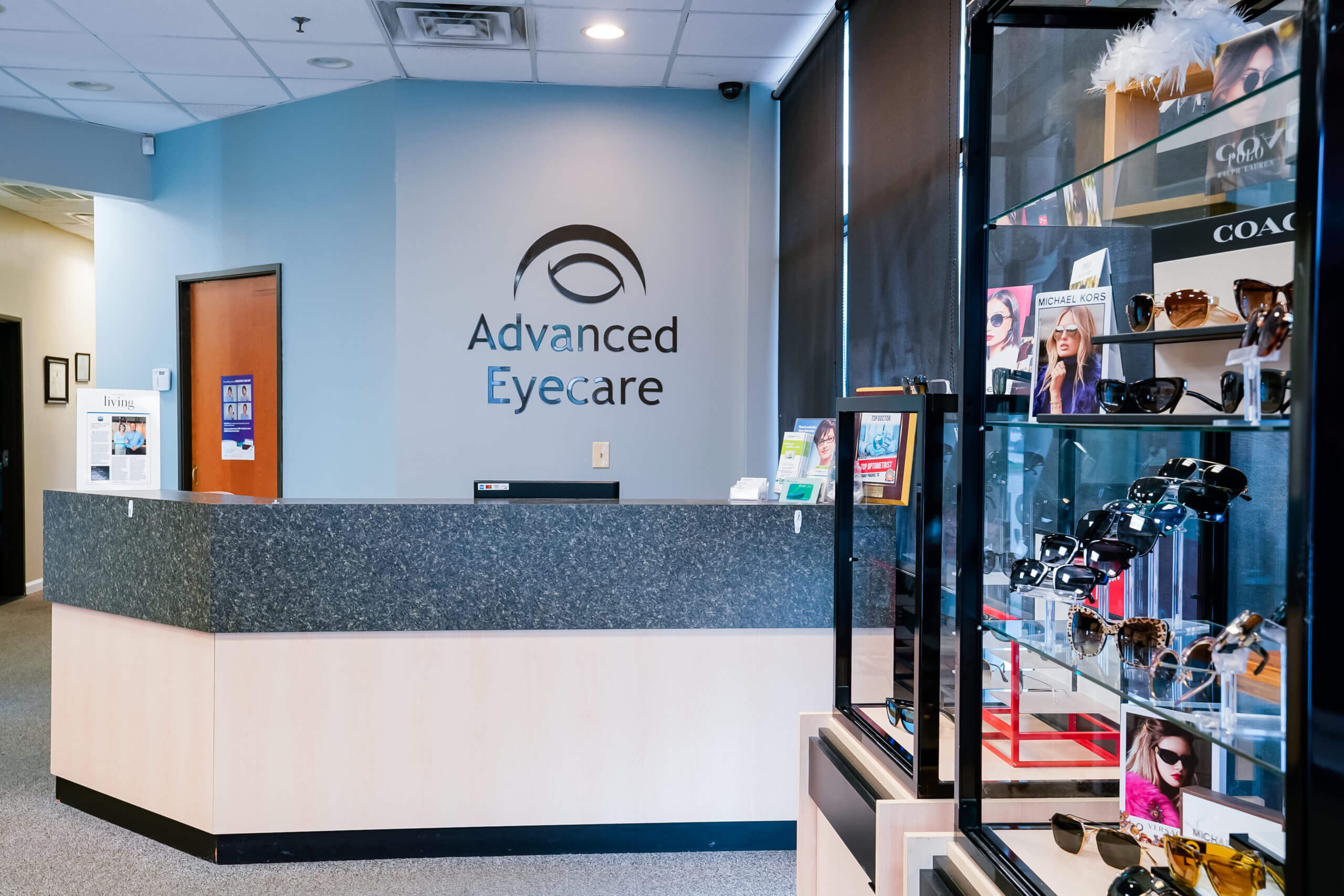Discover Andalusia's Best Cardiologist Clinics and Services
Discover Andalusia's Best Cardiologist Clinics and Services
Blog Article
The Pros and Cons of Various Refractive Surgical Procedures for Improved Eyecare

LASIK Surgical Procedure
LASIK surgical treatment is a commonly executed refractive procedure that intends to remedy vision problems such as farsightedness, astigmatism, and nearsightedness. This medical method has actually gotten popularity because of its efficiency in providing patients with clearer vision and decreasing their dependence on glasses or call lenses. During the treatment, a thin flap is produced on the cornea, and a laser is used to reshape the underlying tissue, dealing with the refractive mistake. The flap is then rearranged, enabling quick recovery and very little discomfort for the patient.
Among the key advantages of LASIK surgery is the quick improvement in vision experienced by several patients. Most people see a significant improvement in their sight soon after the procedure, with minimal downtime needed for recovery. In addition, LASIK is recognized for its high success rate and low incidence of difficulties when performed by competent cosmetic surgeons. Nevertheless, like any operation, LASIK additionally carries some threats, including dry eyes, glow, halos, and under or overcorrection of vision. It is crucial for individuals considering LASIK surgery to undertake a detailed analysis by an eye care specialist to identify if they appropriate candidates for the treatment.
PRK Treatment
The PRK treatment, additionally understood as Photorefractive Keratectomy, is a type of refractive surgical procedure that aims to fix vision problems comparable to LASIK surgical treatment. Unlike LASIK, which entails creating a flap in the cornea, PRK functions on the surface area layer of the cornea.
One of the advantages of PRK over LASIK is that it eliminates the risk of flap-related problems considering that no flap is developed throughout the surgery. Despite the longer recovery period, PRK can be an ideal option for individuals seeking vision adjustment surgery.
SMILE Surgical Procedure
An innovative refractive surgery strategy getting appeal in the field of ophthalmology is SMILE Surgery. Small Incision Lenticule Removal (SMILE) is a minimally intrusive treatment that fixes vision by reshaping the cornea making use of a femtosecond laser. Unlike conventional LASIK surgery, SMILE Surgery entails producing a little incision in the cornea site here to extract a lenticule, which causes less interruption to the corneal structure and possibly much faster recovery times.
One why not look here of the key benefits of SMILE Surgery is its capacity to deal with myopia (nearsightedness) and astigmatism with high accuracy, leading to excellent aesthetic results for individuals. The minimally invasive nature of the treatment likewise reduces the threat of problems such as dry eye syndrome, making it a desirable alternative for people looking for refractive surgical procedure.

LASEK Strategy
Having discovered the advantages and considerations of SMILE Surgical treatment, another significant refractive surgical treatment strategy worth analyzing is the LASEK Strategy. LASEK, which represents Laser-Assisted Subepithelial Keratectomy, is a type of laser eye surgery that intends to deal with refractive errors such as myopia (nearsightedness), hyperopia (farsightedness), and astigmatism.
Unlike LASIK, LASEK does not involve producing a corneal flap. Instead, during a LASEK treatment, the specialist uses a diluted alcohol service to loosen the thin external layer of the cornea, called the epithelium. This layer is then gently moved apart to permit the laser to improve the underlying corneal cells. When the cornea has been reshaped to the wanted level, the epithelial layer is rearranged.
Among the primary benefits of LASEK is that it can be suitable for individuals with slim corneas that might not be great prospects for LASIK. Furthermore, LASEK normally results in marginal post-operative discomfort and a quicker healing time contrasted to PRK. The visual recovery process with LASEK may be somewhat longer than with LASIK.
Implantable Contact Lenses
Implantable Get in touch with Lenses provide a long-lasting vision improvement service for individuals seeking an alternative to traditional contact lenses or glasses. These lenses, likewise called phakic intraocular lenses, are operatively put right into the eye to correct refractive errors such as myopia (nearsightedness), hyperopia (farsightedness), and astigmatism. neurologist Andalusia. Unlike conventional get in touch with lenses that remain on the surface of the eye, implantable contact lenses function within the eye itself, providing clear vision without the need for daily upkeep or elimination
Among the crucial advantages of implantable contact lenses is their durability. Once placed, they can continue to be in the eye forever, offering secure and consistent vision correction. In addition, these lenses can be a superb alternative for individuals who are not great prospects for laser eye surgical procedure or that prefer a reversible vision modification treatment.
Nevertheless, implantable get in touch with lenses do carry some risks, consisting of the potential for cataracts or boosted eye pressure. It is essential for people considering this choice to speak with an eye treatment expert to establish if implantable get in touch with lenses are the best selection for their details requirements and eye health.
Verdict
In verdict, each kind of refractive surgical procedure has its very own advantages these details and downsides. LASIK surgical treatment is popular for its fast healing time, while PRK procedure may be appropriate for patients with slim corneas.

In General, SMILE Surgical procedure offers an appealing option for people looking to boost their vision via refractive surgical procedure.
Report this page